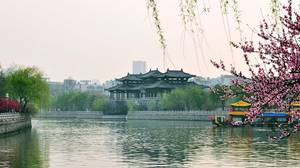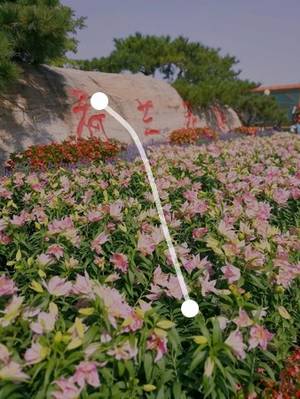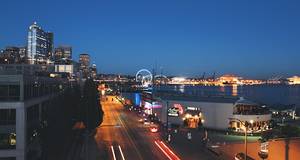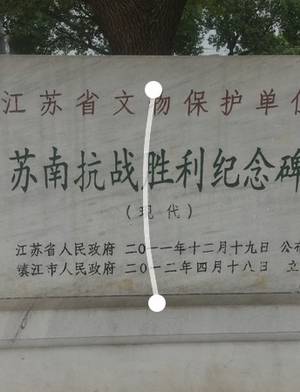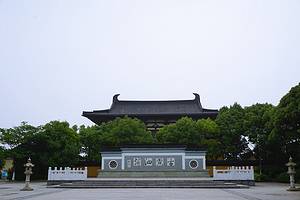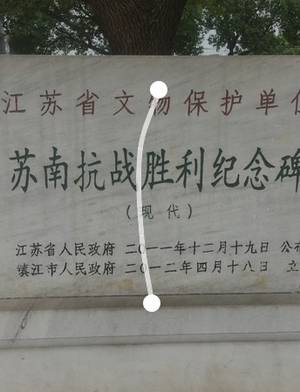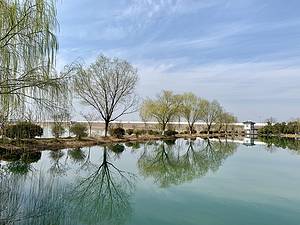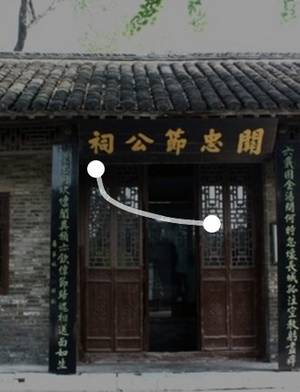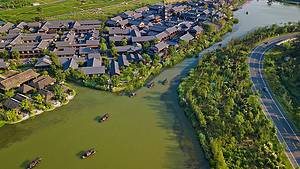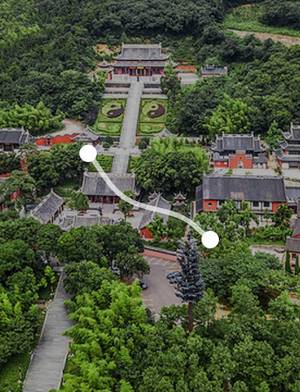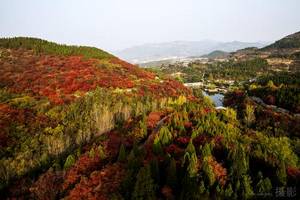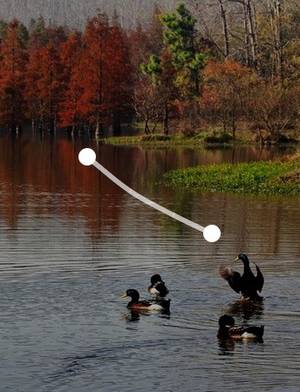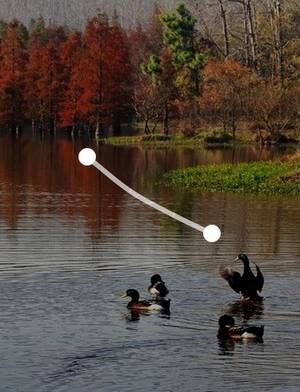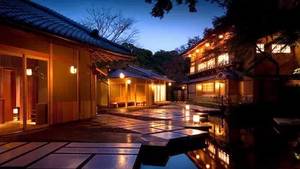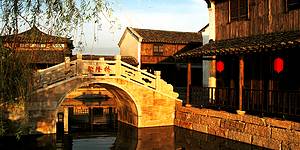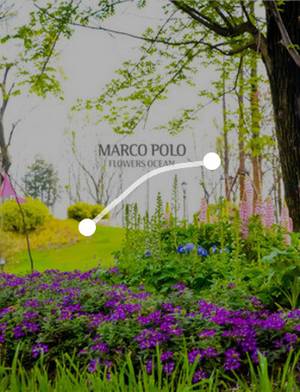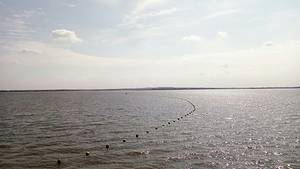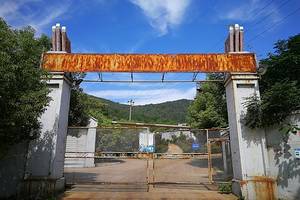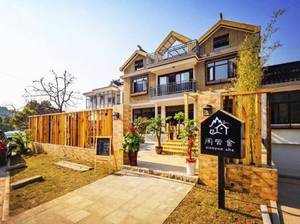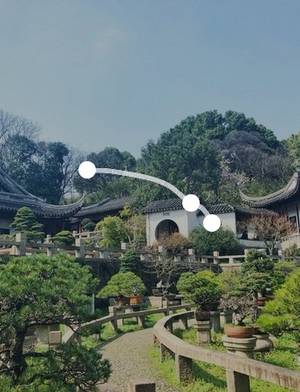Yancheng National Rare Birds Nature Reserve, A Sanctuary for the Elegant Red-crowned Cranes
331 Provincial Road to Danhe Line, Tinghu District, Yancheng City, Jiangsu Province
4.8
Introduction
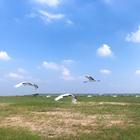
Address 331 Provincial Road to Danhe Line, Tinghu District, Yancheng City, Jiangsu Province
Opening hours 08:30-17:00 (Monday-Sunday, January 1-December 31)
Transportation 1. Taking the K2 or K202 tourist bus can directly reach the destination. The first bus departs at 6 am and the last bus departs at 5:40 pm, with approximately one bus every 20 minutes.
2. Self-driving: Leaving the urban area and turning left on the 331 Provincial Road along the Danhe line for about 8 kilometers can directly reach the destination.
 A large wetland protection area
A large wetland protection area
